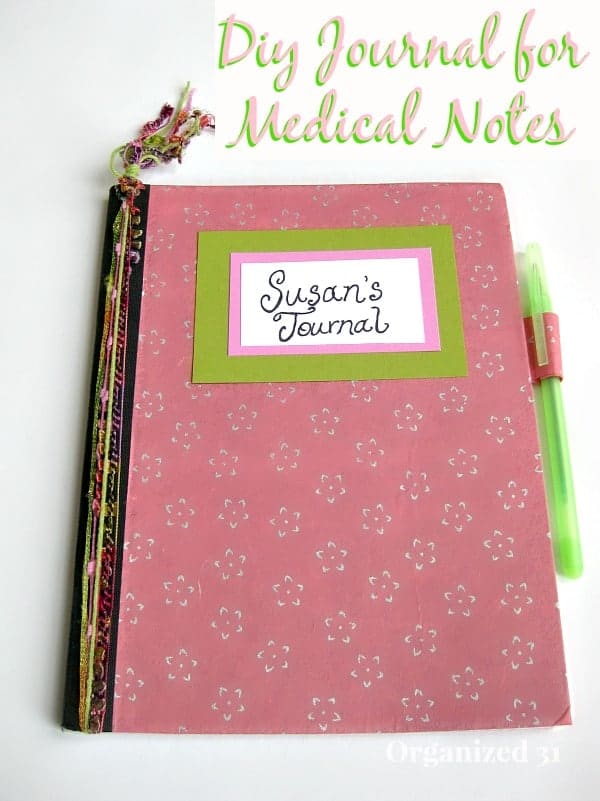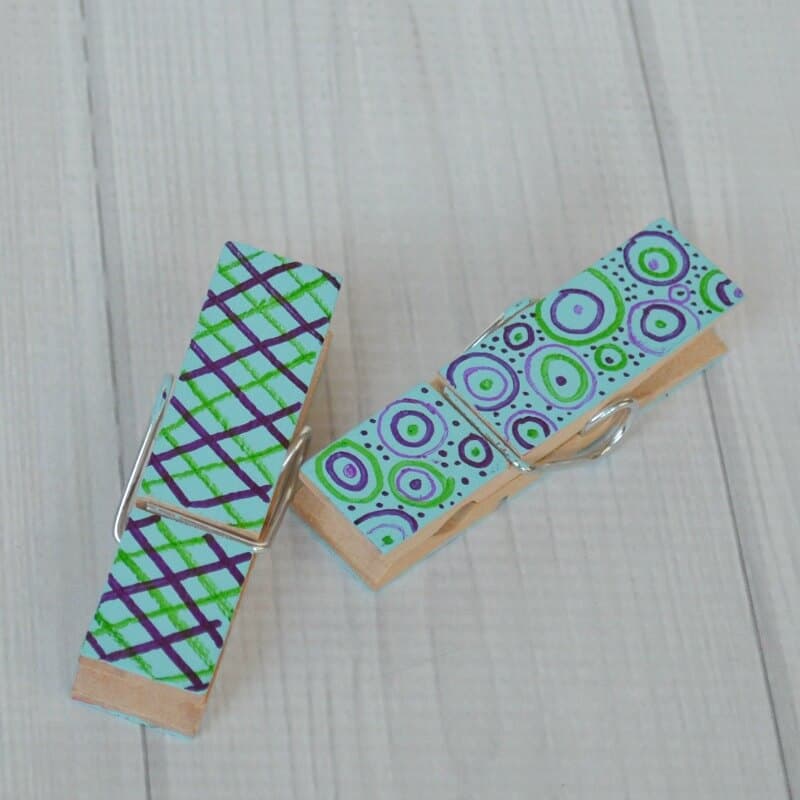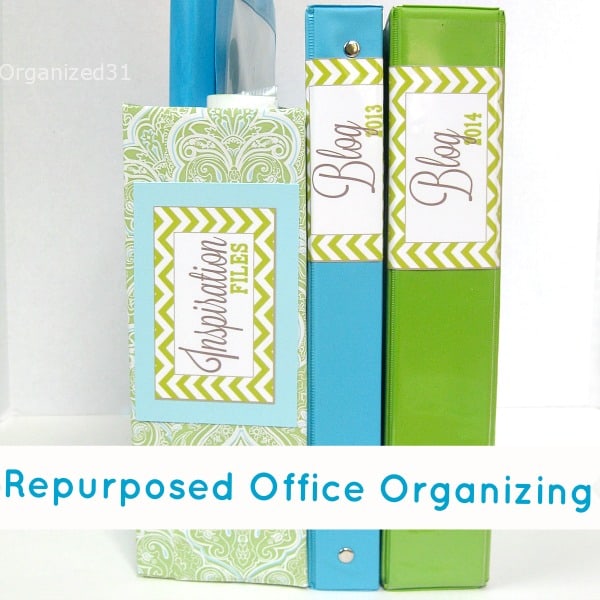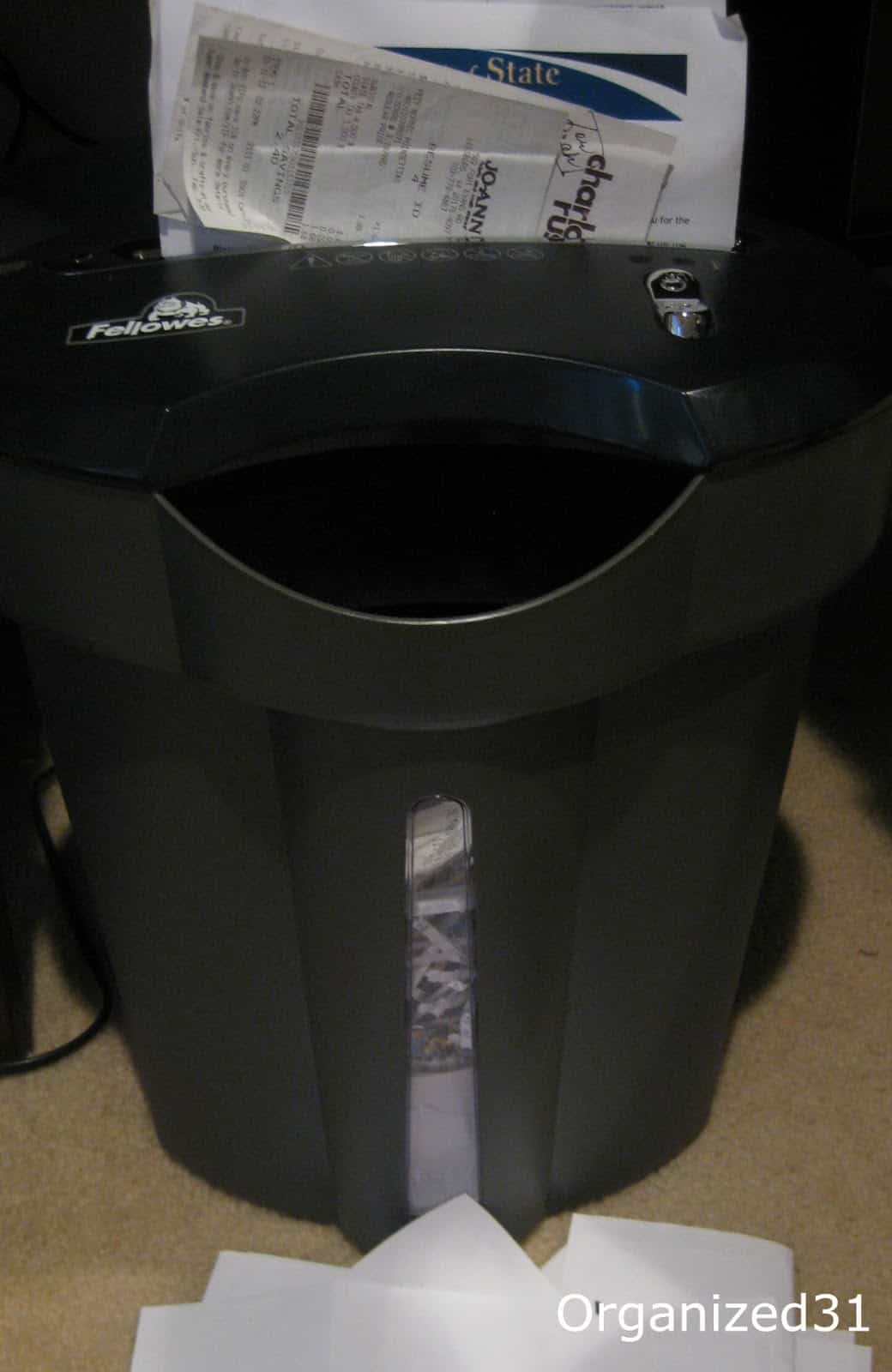How to Organize Medical Files
This post may contain affiliate links provided for your convenience. We earn commissions if you shop through the links on this page. I am also an Amazon Associate and earn from qualifying purchases Read my full disclosure policy.
I’m so happy to welcome my dear friend, Holly from Pink Fortitude, here today. Her enthusiasm and go-get-it-done attitude is infectious. And best of all, Holly is one of those people who you know truly cares about you, about people, about issues, about helping. So enough of me blabbing, hereeee-reeee’s Holly!
Hello to everyone at Organized 31! I am Holly, also known as the Coconut Head and you can find me blogging away at Pink Fortitude. I absolutely love Susan and am so honored to call her not just a dear friend but family. We are guest posting today on each other’s blogs and tag-teaming about a topic I am (unfortunately) very familiar with – medical files and organization.
Let’s face it, at some point in our lives, we will face a medical crisis, take care of a family member with a major illness, or care for elderly parents. What do they all have in common? Lots of paperwork. This is how you can organize your medical files and records to give you one less thing to worry about during care.
PART 1 – The Accordion File
An accordion file which opens at the top is probably one of the best items to have on hand to deal with a major illness.
What to Include
This information is good to keep permanently in your medical file, and also to have on hand for every doctor’s appointment:
1. Copy of insurance card.
2. Medical history with a list of all current and previous health issues and surgeries.
3. List of allergies, especially life threatening, and other vital information, such if you have a pacemaker.
4. List of doctors, addresses, phone numbers, etc.
5. List of all current medications – proper names and doses and pharmacy contact info.
6. List of emergency contacts – spouse or relatives and their phone numbers.
7. Bloodwork paperwork.
8. Other lab work.
9. Handouts from doctors.
10. Calendar or Day Timer to schedule next appointment
11. Book or magazine to read.
12. Several cards or notes that loved ones have sent to wish you well (this one is more for those with a major illness)
13. It’s never a bad idea to have a copy of your living will, durable power of attorney for health care (DPA), do-not-resuscitate (DNR) order, or other advance directives.
I am sure there are others, but these hit the top most important items to have on hand.
PART 2 – The Journal/Notebook
For Part 2 – The Journal/Notebook, I’m going to send it back over to Susan, and you can find her today over on my blog sharing her project for a DIY Journal for Medical Notes.

Thank you again Susan, for this opportunity to share on your blog, and to work together with you on such an important topic.
Love, hugs, and knowing where to find everything.
Holly

I’m a mom of 3, a veteran, military spouse. I’ve moved into 20+ homes all around the world. My passion is helping busy people make the space and time for what’s really important to them. Learn more about Organized 31 and me.






Hi Susan – So great to tag-team with you on such an important topic. Thank you for the opportunity! Hugs, Holly
This is really helpful! My parents will probably be coming to live with us in the next few years and their medical files are more extensive than my family’s small file. I’m glad to have a road map to follow to set up a system to keep them organized. Thank you!
I remember my Mother creating something like this when my father was ill. I have begun one for Big and for myself now. As we get older, we all need something like this! Great post.
I do the same with sheet protector binders. I save my prescriptions, lab results and all medical files according to date. So I always put the new sheets at the end of the binder. I liked your way as well. Thank you for sharing
I’ll have to think about incorporating the sheet protector tip. Thanks, Sweet.